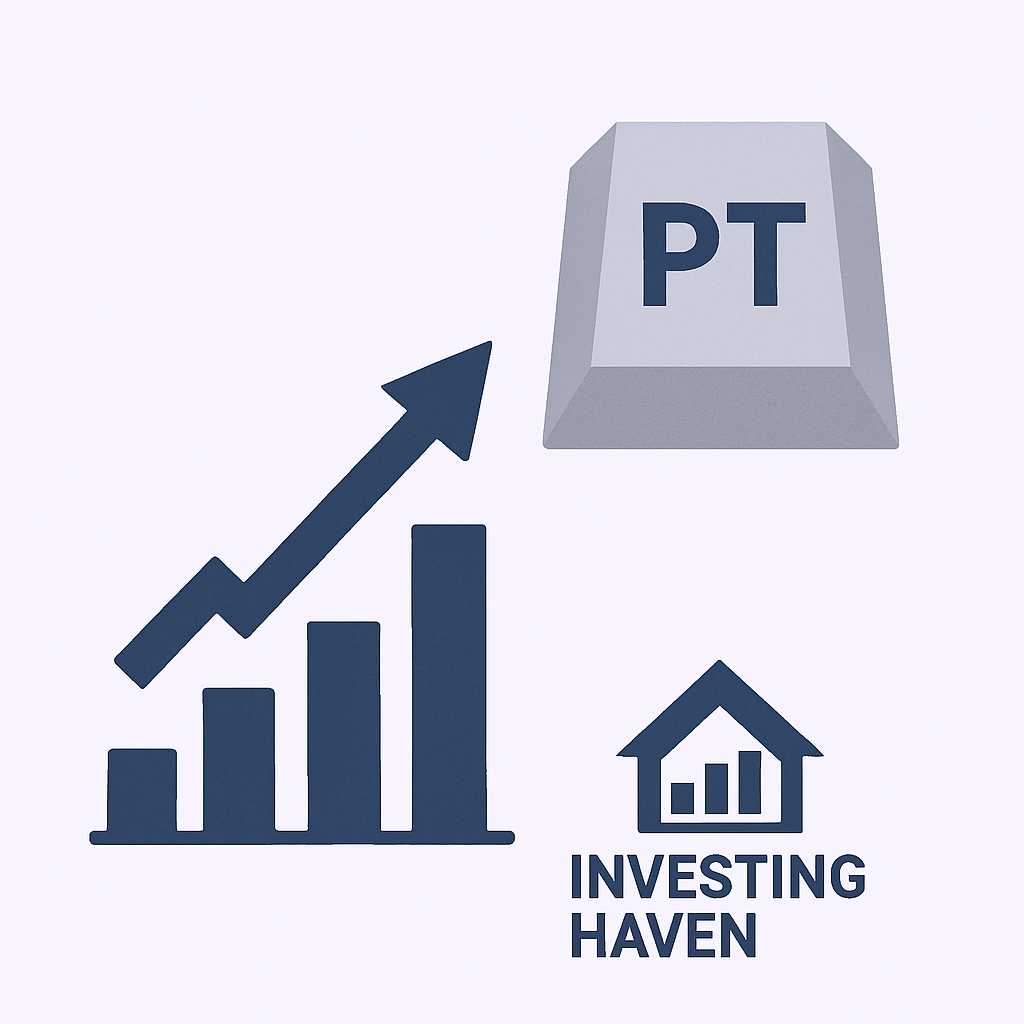In 2025, platinum prices have witnessed an extraordinary surge, climbing over 55% year-to-date. This remarkable increase has propelled the metal from a long-standing trading band below $1,100 per ounce to impressive highs above $1,400 per ounce. The driving forces behind this surge are multifaceted, including structural deficits and rising demand from China. As we explore the current landscape of platinum, the key question remains: Is this a sustainable rally or merely a temporary spike?
Platinum Supply–Demand Fundamentals: A Structural Deficit
The World Platinum Investment Council (WPIC) has projected a significant supply deficit of approximately 966,000 ounces for 2025, which accounts for about 12% of global demand. This marks the third consecutive year of shortfalls in platinum supply. Contributing to this deficit is a forecasted drop in mining output, expected to decline by 4-6%. Notably, the first quarter of 2025 saw a staggering 13% decrease in production compared to the previous year, positioning 2025 to be the lowest output year in five years.
Moreover, above-ground inventory is anticipated to dwindle to between 2.1 and 2.5 million ounces, equating to just three months of demand. This scenario creates a precarious balance in the market, as supply is structurally inelastic. Even significant price increases fail to stimulate rapid new production, thereby sustaining the upward momentum in prices.
Platinum Demand Drivers: Investment, Jewelry & Industrial Shift
Investment demand for platinum has surged, particularly in China, where the WPIC estimates that investment demand for 2025 will reach 688,000 ounces. This growth is largely driven by strong inflows into bars and coins, alongside a renewed interest in platinum as a viable alternative to gold.
In the jewelry sector, China’s platinum fabrication has skyrocketed by approximately 26% year-on-year in the first quarter, as jewelers increasingly shift away from the high costs of gold. This trend highlights a significant pivot in consumer preferences, further bolstering demand for platinum.
Additionally, automotive demand remains robust, with WPIC forecasting a total of 3.05 million ounces for 2025. This figure represents only a 2% reduction from 2024, supported by the slow adoption of electric vehicles (EVs) and ongoing reliance on hybrid engines. The resilience of automotive demand plays a crucial role in sustaining platinum’s market position.
Risks & What Could Halt the Rally
Despite the bullish outlook, several risks could potentially derail the platinum rally. One concern is the narrowing of the platinum-to-gold ratio, which could diminish platinum’s appeal as an investment. Furthermore, a sharp decline in automotive demand could occur if EV adoption accelerates more rapidly than anticipated.
Interestingly, indicators such as lease rates have eased, dropping from 22.7% to 11.6%. This decline suggests some relief in the tight physical supply conditions that have characterized the market. Additionally, with above-ground inventory nearing 14 months of demand, there exists a buffer that may absorb current deficits, potentially limiting further price increases.
Conclusion
The current surge in platinum prices is driven by a combination of structural deficits, constrained supply, and robust demand from China, particularly in the jewelry and investment sectors. While risks such as easing supply tightness and fluctuations in automotive demand loom on the horizon, the outlook for platinum appears to be one of sustained bullish momentum.
Investors should remain vigilant, monitoring trends in automotive demand, inventory levels, and shifts in investor sentiment. These factors will be critical in determining whether platinum can continue its ascent or if it will plateau in the near future. As the market evolves, staying informed will be essential for navigating the complexities of platinum investment in 2025 and beyond.




